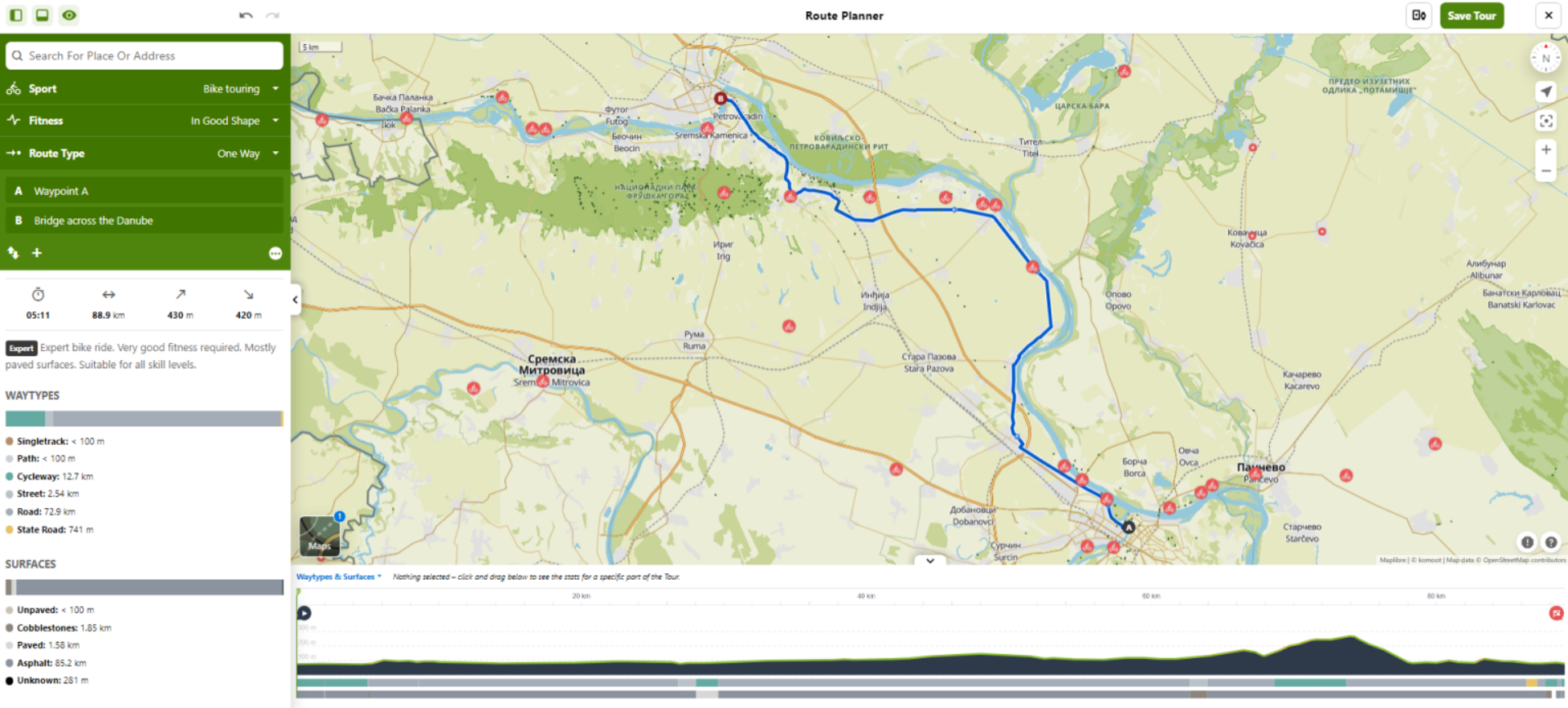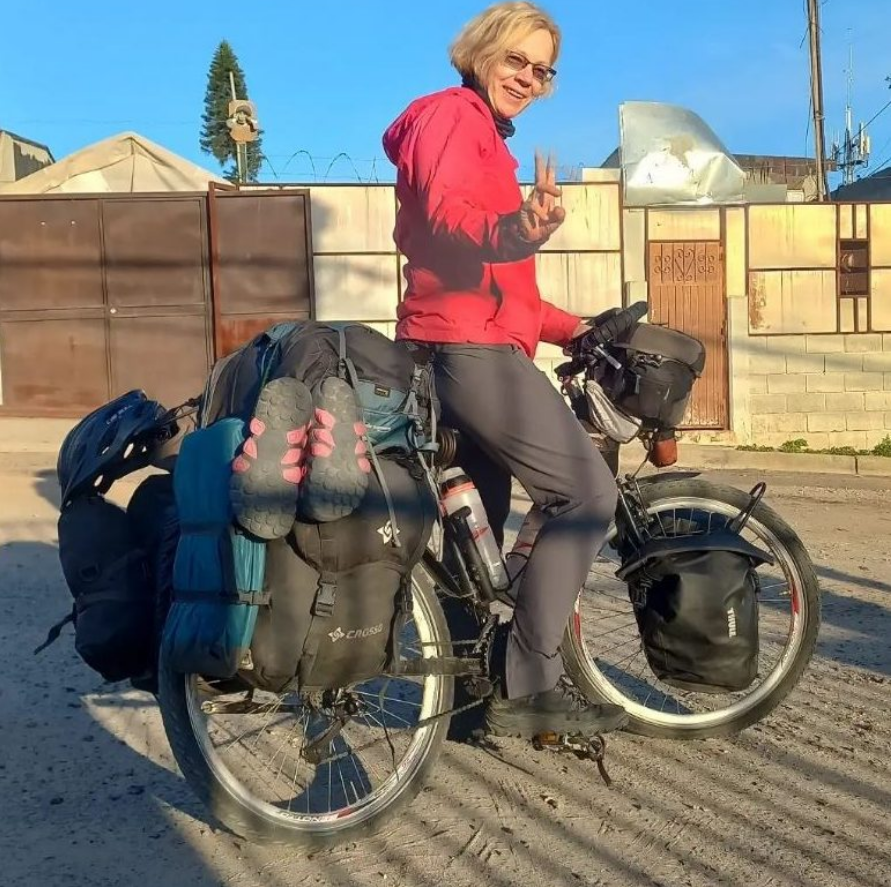For many cyclists, the appeal of online cycling apps lies in their ability to track rides, plan routes, and connect with other enthusiasts. However, while these apps can enhance the cycling experience, they also pose significant privacy risks.
Popular cycling apps like Strava, Garmin Connect, and Komoot collect detailed data about users’ rides, including routes, speed, and personal stats. While this information can be beneficial for training and sharing achievements, it also creates vulnerabilities that can be exploited by thieves, stalkers, and other malicious actors.
Privacy concerns and expert warnings
Marko Trifkovic, an IT expert and founder of the Novi Sad Cycling Initiative, emphasizes that many cyclists are unaware of the privacy concerns associated with these apps. “Cycling apps can track your movement and create patterns of behavior, which can be exploited by those with bad intentions,” he warns.
Despite options to set privacy settings and establish exclusion zones around sensitive locations, these measures are often insufficient. Skilled individuals can still deduce where a cyclist lives or works, posing risks of theft or stalking.

For professional cyclists, detailed data is crucial for training and performance. Veljko Stojnic, a two-time national time trial champion, relies heavily on such data but takes precautions to protect his privacy. He uses privacy settings to hide the start and end points of his rides, minimizing the risk of theft.
“There have been cases where thieves use online data to steal bikes,” Stojnic notes, highlighting the importance of securing sensitive information.
The vulnerabilities of cycling apps
Research by Karel Dhondt from KU Leuven University reveals that even with privacy settings, location data from apps can still be exploited. His team found that protected locations could be predicted with up to 85% accuracy when privacy zones were set to a radius of 200 meters.
Dhondt emphasizes that while privacy zones are a step forward, they do not offer the robust protection users might expect. He suggests that apps could improve by changing reported distances or using irregularly shaped privacy zones to make it harder to pinpoint exact locations.
Practical steps for cyclists
To enhance privacy, cyclists should:
- Use privacy settings: Set exclusion zones around sensitive locations.
- Limit sharing: Be cautious about what ride data and photos are shared publicly.
- Stay informed: Keep up with app updates and privacy features.

Company responses and legal protection
Despite these concerns, many app providers are hesitant to fully implement suggested privacy improvements, fearing it may impact user experience. Additionally, enforcement of data protection laws can be challenging, particularly for international companies operating without representation in certain regions.
The Commissioner for Information of Public Importance and Personal Data Protection in Serbia confirms there have been no proceedings related to misuse of data from cycling apps, indicating a gap in enforcement and awareness.
In conclusion, while cycling apps offer many benefits, cyclists must be aware of the privacy risks and take steps to protect their personal information.





